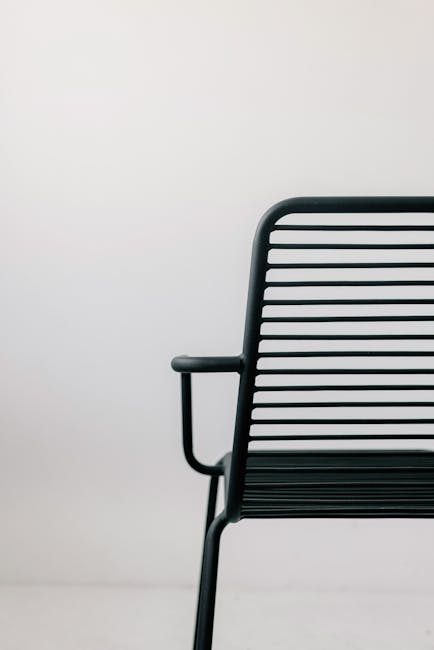The Core Elements of Minimal & Modern Design: Simplicity
Introduction to Minimal & Modern Design: The Power of Simplicity
In a world saturated with information and visual clutter, minimal and modern design offer a refreshing escape. At its core, both styles champion simplicity. This isn’t just about aesthetics; it’s about functionality, clarity, and creating a user experience that’s intuitive and enjoyable. This article explores the key elements that define minimal and modern design, highlighting how simplicity reigns supreme.
Core Elements of Minimal & Modern Design
Color Palette: Less is More
Color plays a crucial role in establishing a minimal and modern aesthetic. The emphasis is on a limited palette, often featuring:
- Neutral Colors: Whites, grays, beiges, and blacks form the foundation.
- Accent Colors: Use sparingly to draw attention to key elements.
- Monochromatic Schemes: Different shades and tints of a single color can create depth and interest.
Avoid overly vibrant or clashing colors that can overwhelm the senses. The goal is to create a calm and visually balanced environment.
Typography: Clarity and Legibility
Typography should be clean, clear, and highly legible. Consider these points:
- Sans-serif Fonts: Often preferred for their clean, modern look (e.g., Helvetica, Arial, Open Sans).
- Limited Font Families: Stick to one or two font families for consistency.
- Hierarchy: Use different font sizes and weights to establish a clear visual hierarchy.
- White Space: Adequate spacing between letters, words, and lines of text is crucial for readability.
Whitespace (Negative Space): Breathing Room
Whitespace, also known as negative space, is the empty area surrounding design elements. It’s not just about empty space; it’s an active design element that:
- Improves Readability: Allows the eye to easily scan and process information.
- Enhances Focus: Draws attention to key elements by isolating them.
- Creates Balance: Provides a sense of harmony and equilibrium.
Don’t be afraid to leave empty space. It’s essential for creating a clean and uncluttered design.
Clean Lines and Geometry: Structure and Order
Minimal and modern design often utilizes clean lines and geometric shapes to create a sense of structure and order. This can be seen in:
- Furniture Design: Simple, unadorned furniture with clean lines.
- Layout: Grid-based layouts that provide a clear and organized structure.
- Imagery: Abstract shapes and patterns that add visual interest without overwhelming the design.
Functionality: Purpose-Driven Design
Minimal design is not just about aesthetics; it’s about functionality. Every element should serve a purpose. Consider these questions:
- Is it necessary? Remove any elements that don’t contribute to the overall goal.
- Does it add value? Ensure that every element enhances the user experience.
- Is it intuitive? The design should be easy to understand and navigate.
Prioritize usability and efficiency over unnecessary ornamentation.
Authentic Materials: Quality over Quantity
In minimal and modern design, the focus is on using high-quality, authentic materials. This includes:
- Natural Materials: Wood, stone, leather, and metal.
- Sustainable Options: Recycled materials and eco-friendly finishes.
- Textural Variety: Mixing different textures to add depth and interest.
Choosing durable and timeless materials ensures longevity and adds a sense of luxury to the design.
Conclusion: Embracing Simplicity for Impact
Minimal and modern design, at their heart, are about embracing simplicity. By carefully considering color palette, typography, whitespace, clean lines, functionality, and authentic materials, you can create designs that are both visually appealing and highly effective. Remember that the goal is not to strip away everything, but to distill the design down to its essential elements, creating a powerful and impactful experience for the user. Embracing simplicity can lead to clarity, focus, and ultimately, a more meaningful design.




Post Comment